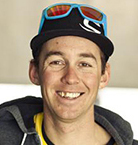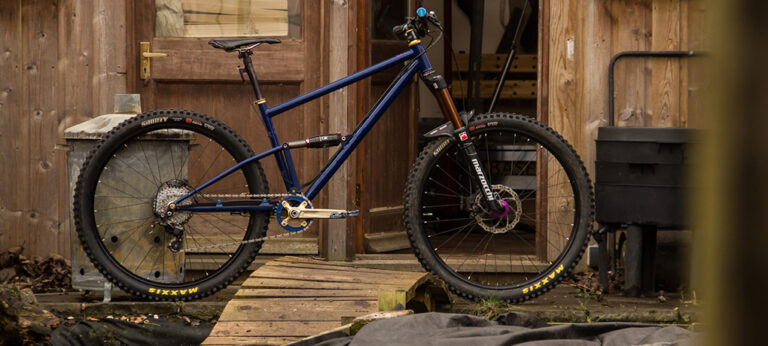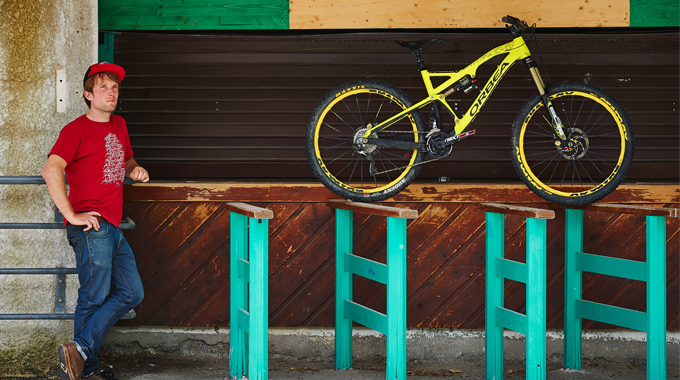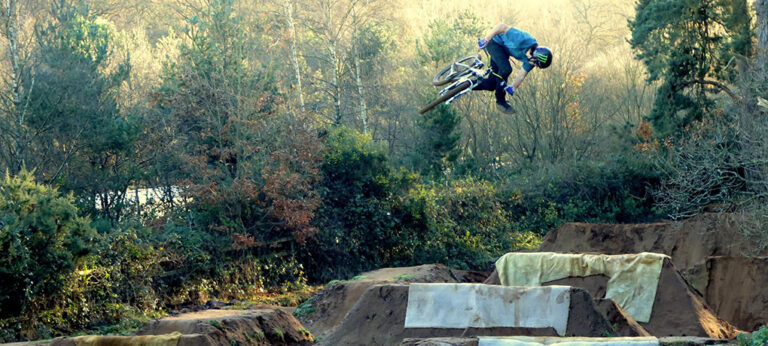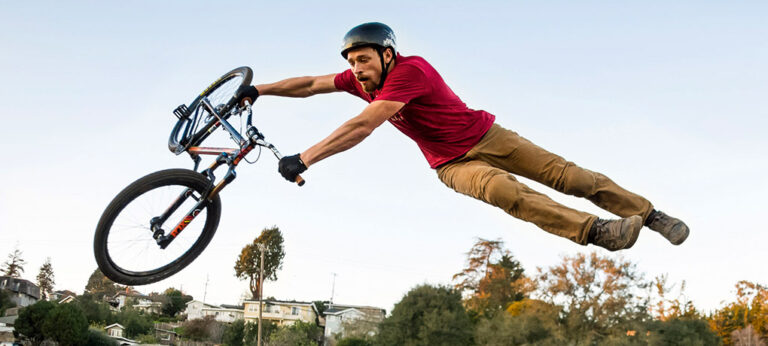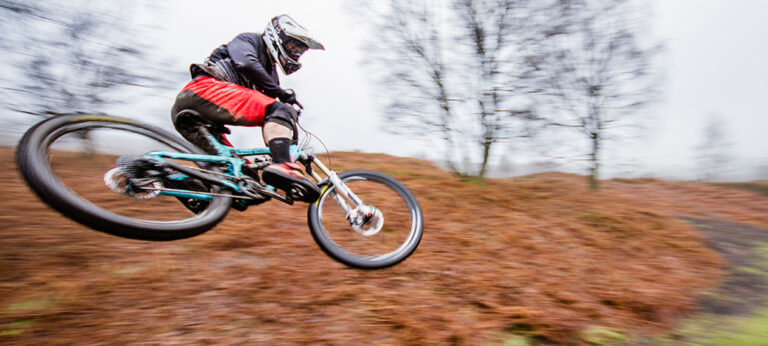SRAM MTB Wheels | Testing with Jerome Clementz
It’s that time of year when the interwebber is jammed with photos and Tweets of riders testing their new bikes and pushing their training up a notch ready for the season, well at least that’s what they are meant to be doing! It’s seen as a bit of a dark art but when you think about the process testing and dialling in settings isn’t complicated, the complexity comes with the relationship between tyres, suspension, terrain, conditions and in this case wheels.
Jerome has changed up a few sponsors this year and moving off Mavic means he will be running SRAM’s Roam and Rail wheels. He also shifts from Mavic clothing to Alpinestars, and he’ll be wearing Five Ten shoes and TLD lids.
SRAM’s Jon Cancellier is a face that has been around world class racing for years, 7 seasons according to SRAM’s press release about this video and in that time he has managed the BlackBox program and it’s riders. In this role he is working with riders to fine tune their setup and feed this development into the products that we all ride. SRAM have a solid history in the trickle down effect and this is where it starts, here’s an interview with Jon about their wheel testing.
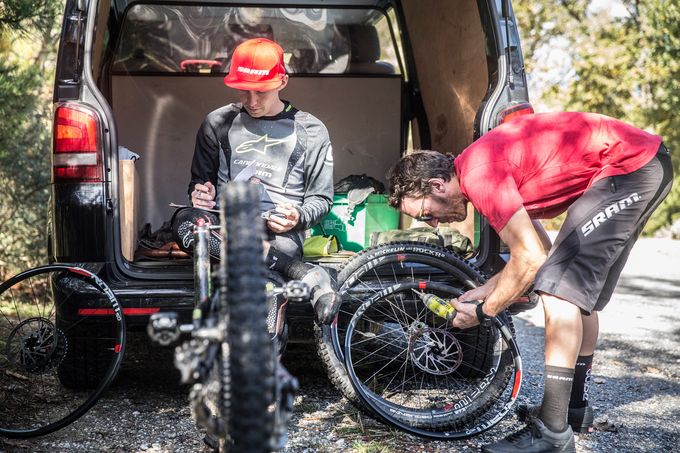
Explain the test with Jerome.
JC: The goal of the test was to give Jerome time on three models of SRAM wheels and let him evaluate the benefits of each. We chose one track and had him ride it twice for each set of wheels. The tires, tire pressure and rotors were carried over each run to eliminate as many variables as possible. While the runs were not timed, Jerome tried to carry the same pace each run to keep his feedback similar.
How often does a test like this happen?
JC: We tend to test products with athletes at the beginning of the year to set baselines for the upcoming season. If we are working on something new that we are looking to get athlete feedback on, it can happen as soon as we have a ridable prototype. As wheels are a relatively new area for SRAM as well as the BlackBox Program, this is only the second time we have conducted this kind of wheel test with an athlete. The first was with Nico Vouilloz last year. As we create new wheels or have new ideas we want to test, I see this being a very valuable tool for our development process.
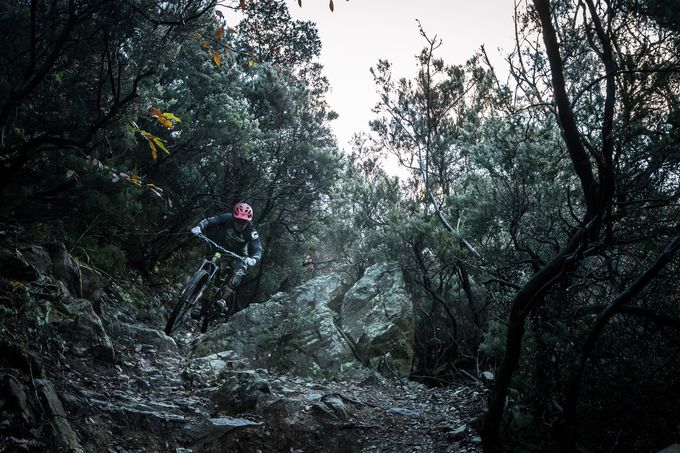
What can a test like this potentially yield for both the athlete and SRAM?
JC: Testing in this way allows the wheels to be broken down to their unique parts, each being a different variable. We can then pick apart the results and see which variable created the feeling the rider is after. For Jerome, he was able to feel the differences between rim width, rim material as well as spoke thickness. This way he can feel how one variable can affect the ride and we as a company can learn more about how all the wheel components add up as we strive to make the fastest wheels.
What did Jerome learn during the test?
JC: Jerome discovered all three wheels to be winners. He found that all three offered him such strong unique characteristics that he couldn’t put one ahead of the others. He was able to conclude that the hugely varying terrain of the EWS will allow each of these wheel’s characteristics to shine at key races throughout the season. Knowing that he has three wheels that he can confidently choose between will give him a competitive advantage every weekend as he looks to regain the Enduro World Series title.
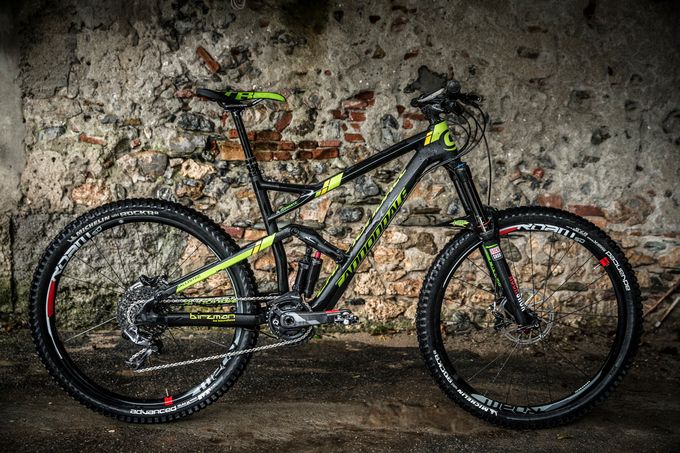
So based on that conclusion, what will Jerome’s wheel choice strategy be?
JC: He will choose the wheel that best suits the conditions and terrain he is faced with on a certain weekend. For example, he found the wider rim of the Rail 50 to add more volume to the tire, so this might be his first choice on a weekend where the terrain is very rough. Jerome found the carbon rim on Roam 60 to be very responsive. This is especially beneficial for tracks that demand quick acceleration, like those found at last year’s EWS round in Scotland. Roam 50 offered him a strong balance of all of these variables and will be a great option most weekends of the year.
Beyond wheels, did you learn anything else?
JC: As you would expect from an Enduro World Series Champion, Jerome is meticulous about his setup and is very in tune with what he expects from his bike. He can feel very small changes in product that can mean big differences for both him on the bike and for us as we develop our wheels.

